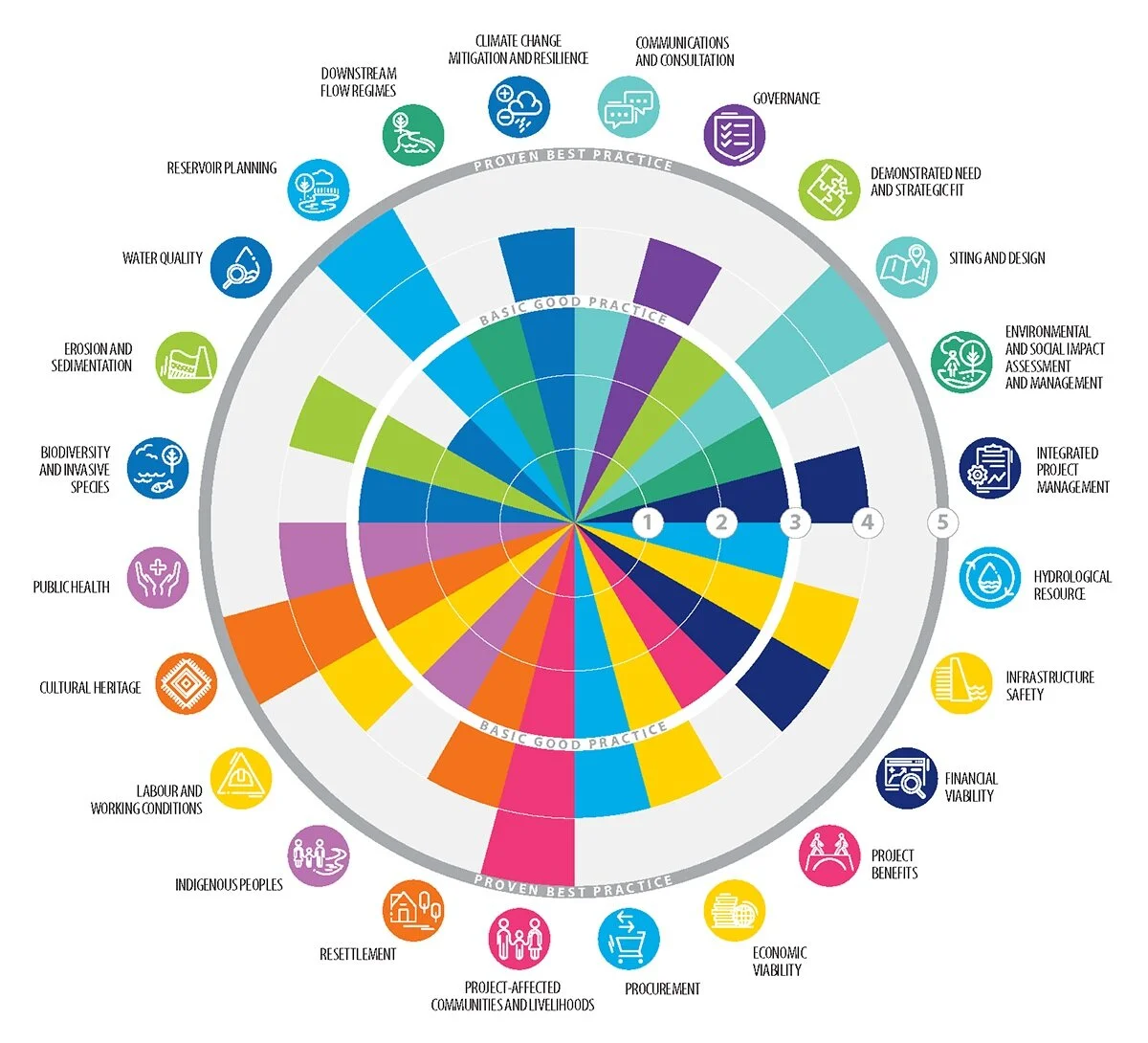The Hydropower Sustainability Assessment Protocol (HSAP) offers a way to assess the performance of a hydropower project across more than 20 sustainability topics.
The breadth of the topics gives clients a clearer understanding of the overall sustainability of a project, including environmental, social, technical and economic aspects. The HSAP also includes ‘cross-cutting issues’ such as gender issues and human rights, which feature in multiple topics.
Assessments are based on objective evidence and the results are presented in a standardised way, making it easy to see how existing facilities are performing and how well new projects are being developed.
Example of an HSAP assessment result - a Sustainability Profile

All projects, all stages
The HSAP has been applied all over the world at all stages of project development. Many companies have gone through training on the HSAP and undertaken an official assessment.
The HSAP can be used at any stage of hydropower project’s life cycle, from the earliest planning stages right through to operation.
It has also been designed to work on projects and facilities anywhere in the world.

HSAP has been designed to be applied in four stages of a project
The HSAP in practice
Origin and governance
The HSAP was developed between 2007 and 2010 following a review of the World Commission on Dams’ recommendations, the Equator Principles, the World Bank Safeguard Policies and IFC Performance Standards, and IHA’s own previous sustainability tools.
During this period, a multi-stakeholder forum jointly reviewed, enhanced and built consensus on what a sustainable project should look like. This forum included representatives of environmental NGOs (WWF, The Nature Conservancy), social NGOs (Oxfam, Transparency International), development banks, governments (China, Zambia, Iceland, Norway) and the hydropower sector.
A draft of the HSAP was released in 2009, which was trialled in 16 countries across six continents, resulting in the final version being published in 2010. The HSAP was updated in 2018 to include a topic on climate change resilience and mitigation.
Clients use the HSAP for its distinct value
✓ Social licence to operate
✓ Facilitating access to finance
✓ Preparing clients to meet bank requirements
✓ Reducing the risks posed to investments
✓ Independent review of sustainability issues
✓ Comparison with international best practice
✓ Communication with stakeholders
“The HSAP complements the World Bank’s general safeguards with content that is hydropower specific.”





















































